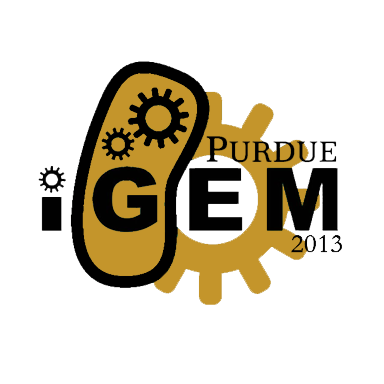Overview
Despite having progressed extensively in the field of synthetic biology in terms of DNA synthesis, analysis and transplanting, we still cannot reliably, quantitatively measure expression of new genetic constructs. We engineered an expression cassette to control transcription and translation initiation which can be reused in new genetic contexts. The Bicistronic design(BCD) consists of two Shine-Dalgarno sequences in its translation element which when combined with indiscriminate gene of interests are known to reliably express within twofold of the relative target expression window.Background
As everyone in iGEM already knows, using the Registry of Standardized Parts can be a very frustrating endeavor. Searching through the registry with ease takes practice, and even then it can be difficult to find good parts to use. Many of the parts in the registry have little to no characterization data present on their registry pages. And some parts in the registry have been very well characterized, but all with different assays and techniques. So it can be very difficult to compare multiple parts that have good data because the data is so different.

After weeks of traversing the registry and igem.org, we finally came to the conclusion that the main, underlying issue is that there is currently no standard for characterization data in the registry. Teams have no definitive guideline to follow to characterize their parts.
So to solve this problem, we had to figure out where to start. As a group we discussed some of the protocols iGEM teams had tried to write over the years, and how most of them never went past the team that created it. We were also having trouble deciding how to design a system that every iGEM team would hopefully use. We realized that the best way to design a system that everyone would use and also find a way to keep the idea alive after this year was to talk to as many iGEM teams as possible and get their help and input.
 "
"
